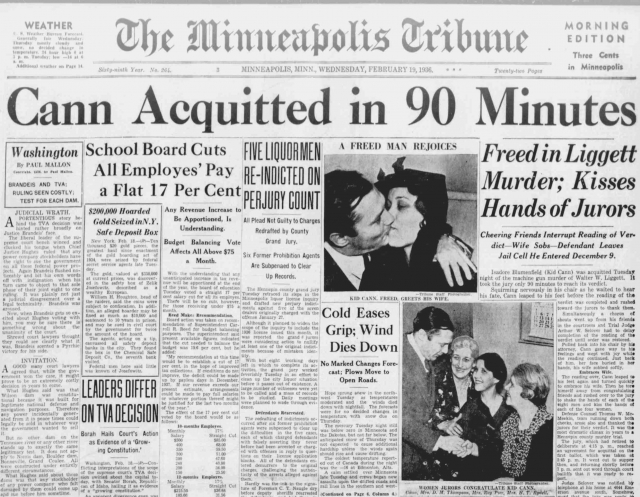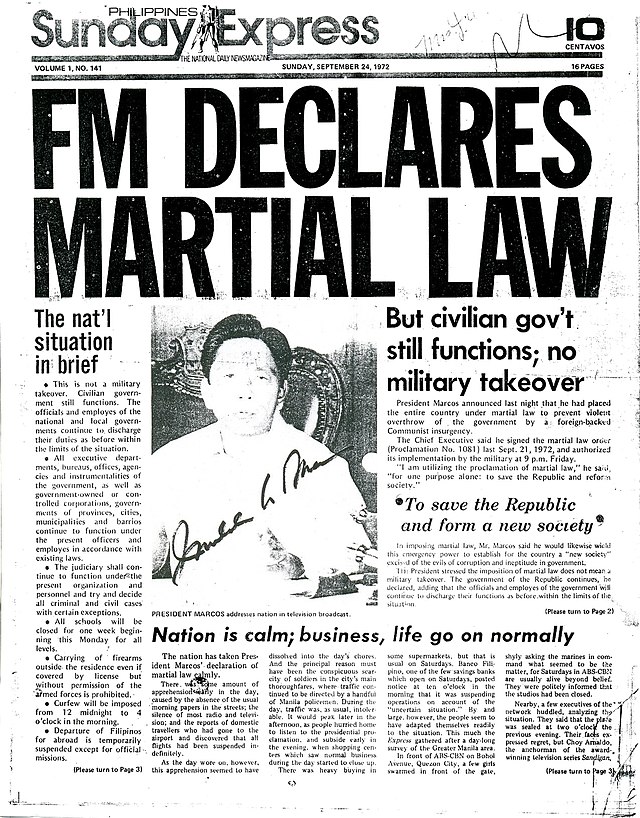The Of News Articles
The Of News Articles
Blog Article
Not known Incorrect Statements About News Articles
Table of ContentsNews Articles Things To Know Before You Get ThisOur News Articles StatementsNews Articles Fundamentals ExplainedThe Greatest Guide To News ArticlesNot known Facts About News Articles
Good expertise of different subjects offers students an one-upmanship over their peers. Despite the fact that digital and social media are easily obtainable, we should not neglect how important it is to check out the newspapers. Moms and dads should try and inculcate the behavior of reading a paper as a daily routine to continue the tradition of the adored print medium.News stories also consist of at the very least one of the complying with essential features relative to the designated target market: distance, prestige, timeliness, human rate of interest, curiosity, or consequence.
Within these restrictions, information tales additionally aim to be thorough. Amongst the larger and more recognized newspapers, fairness and equilibrium is a significant aspect in presenting details.
Papers with an international audience, for instance, often tend to utilize a much more formal design of writing. News Articles.; typical style guides include the and the United States Information Design Publication.
Rumored Buzz on News Articles
As a policy, reporters will certainly not utilize a long word when a brief one will do. News authors attempt to prevent making use of the same word a lot more than as soon as in a paragraph (occasionally called an "echo" or "word mirror").
Headlines sometimes omit the subject (e.g., "Leaps From Boat, Catches in Wheel") or verb (e.g., "Pet cat lady lucky"). A subhead (additionally subhed, sub-headline, subheading, subtitle, deck or dek) can be either a secondary title under the primary headline, or the heading of a subsection of the post. It is a heading that precedes the major text, or a team of paragraphs of the major text.

Extra billboards of any of these kinds might appear later on in the post (specifically on succeeding pages) to tempt additional analysis. Such signboards are also utilized as tips to the post in various other areas of the magazine or website, or as promotions for the item in various other publication or websites. Common structure with title, lead paragraph (summary in strong), other paragraphs (details) and call information.

Example of a hard-lead paragraph NASA is recommending one more space task. The agency's spending plan demand, introduced today, included a plan to send out an additional objective to the Moon. This time around the company wishes to establish a lasting center as a jumping-off place for various other area adventures. The budget demands roughly $10 billion for the task.
An "off-lead" is the second most essential front page news of the day. To "bury the lead" is to begin the write-up with history information or details of secondary importance to the readers, compeling them to read even more deeply right into an article than they should have to in order to uncover the necessary points.
Not known Facts About News Articles
Usual usage is that or 2 sentences each create their own paragraph. Reporters usually explain the company or structure of a newspaper article as an inverted pyramid. The important and most fascinating components of a story are put at the beginning, with supporting info adhering to in order of reducing importance.
It allows individuals to check out a subject to only the depth that their curiosity takes them, additional resources and without the imposition of details or nuances that they could think about web link unimportant, yet still making that info available to more interested readers. The inverted pyramid structure also makes it possible for write-ups to be cut to any kind of approximate length during design, to suit the area readily available.
Some writers begin their tales with the "1-2-3 lead", yet there are numerous sort of lead readily available. This format usually starts with a "Five Ws" opening up paragraph (as defined above), adhered to by an indirect quote that offers to support a major aspect of the very first paragraph, and after that a straight quote to sustain the indirect quote. [] A twist can refer to numerous things: The last tale current program; a "pleased" story to finish the show.
Longer articles, such as magazine cover write-ups and the items that lead the inside sections of a paper, are understood as. Attribute stories differ from straight information in several means. Foremost is the lack of a straight-news lead, the majority of the time. As opposed to supplying the essence of a tale in advance, feature writers may attempt to draw viewers in.
Our News Articles Diaries
The journalist frequently details communications with meeting topics, making the item a lot more individual. A feature's very first paragraphs commonly relate an intriguing minute or event, as in an "unscientific lead". From the details of a person or episode, its view quickly expands to generalities about the story's subject. The area that indicates what a feature has to do with is called the or billboard.

The Editor's Toolbox: A Referral Guide for Beginners and Professionals (2001) Allan M. Siegal and William G. Connolly. The New York City Times Guidebook of Style and Usage: The Authorities Style Guide Made Use Of by the Writers and Editors of the World's The majority of Authoritative Paper (2002) M. L. Stein, Susan Paterno, and R.
Report this page